Growing Geriatric Population
The aging population is a significant driver of the Plasma Protein Therapeutic Market. As individuals age, they become more susceptible to various health conditions, including immune deficiencies and chronic diseases that often require plasma-derived therapies. The World Health Organization projects that the number of people aged 60 years and older will reach 2 billion by 2050, highlighting a substantial market opportunity. This demographic shift is likely to increase the demand for immunoglobulin therapies and other plasma protein products, as older adults often require more frequent medical interventions. Consequently, pharmaceutical companies and healthcare providers must focus on developing targeted therapies that cater to the unique needs of this population within the Plasma Protein Therapeutic Market.
Regulatory Support for Plasma-Derived Therapies
Regulatory bodies are increasingly recognizing the importance of plasma-derived therapies, which is positively impacting the Plasma Protein Therapeutic Market. Initiatives aimed at streamlining the approval process for new therapies and enhancing safety standards are fostering innovation and encouraging investment in this sector. For example, the introduction of expedited review pathways for breakthrough therapies allows for faster access to life-saving treatments for patients. This regulatory support not only boosts confidence among manufacturers but also ensures that patients receive timely access to essential therapies. As a result, the Plasma Protein Therapeutic Market is likely to witness accelerated growth, driven by a favorable regulatory environment that promotes the development and commercialization of new plasma-derived products.
Increasing Investment in Research and Development
Investment in research and development (R&D) is a critical driver of the Plasma Protein Therapeutic Market. Pharmaceutical companies are allocating substantial resources to discover and develop novel therapies that leverage the therapeutic potential of plasma proteins. This focus on R&D is essential for addressing unmet medical needs and improving existing treatment options. Recent data indicates that R&D spending in the biopharmaceutical sector has reached unprecedented levels, with many companies prioritizing plasma-derived therapies. This trend is likely to result in the introduction of innovative products that enhance patient outcomes and expand the therapeutic applications of plasma proteins. As the industry continues to evolve, sustained investment in R&D will be pivotal in shaping the future landscape of the Plasma Protein Therapeutic Market.
Technological Innovations in Plasma Fractionation
Technological advancements in plasma fractionation are significantly influencing the Plasma Protein Therapeutic Market. Innovations such as improved separation techniques and enhanced purification processes are leading to higher yields and better quality of plasma-derived products. For instance, the introduction of chromatography and membrane filtration technologies has streamlined the production process, resulting in more efficient extraction of immunoglobulins and clotting factors. This not only increases the availability of essential therapies but also reduces production costs, making treatments more accessible. As the industry continues to evolve, these technological innovations are expected to play a crucial role in meeting the rising demand for plasma protein therapies, thereby shaping the future of the Plasma Protein Therapeutic Market.
Rising Incidence of Hemophilia and Other Rare Disorders
The Plasma Protein Therapeutic Market is experiencing a notable surge due to the increasing incidence of hemophilia and other rare disorders. Hemophilia A and B, which require regular infusions of clotting factor concentrates, are becoming more prevalent, thereby driving demand for plasma-derived therapies. According to recent estimates, the prevalence of hemophilia is approximately 1 in 5,000 male births, indicating a substantial patient population reliant on these therapies. This growing patient base necessitates the expansion of treatment options within the Plasma Protein Therapeutic Market, as healthcare providers seek to improve patient outcomes and quality of life. Furthermore, advancements in treatment protocols and the introduction of new therapies are likely to enhance the market landscape, making it imperative for stakeholders to adapt to these evolving needs.


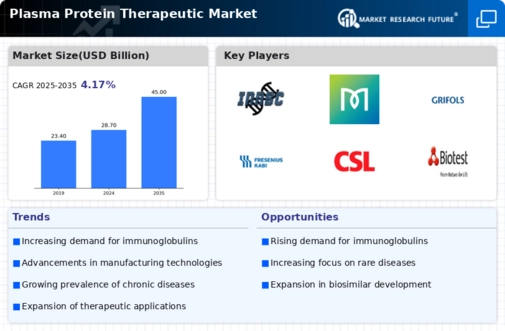
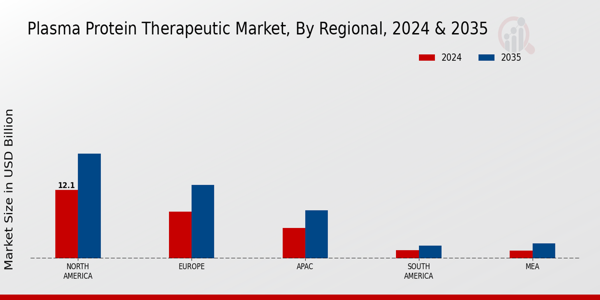
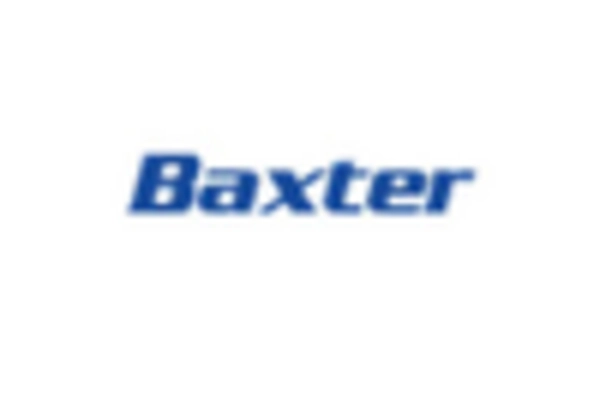

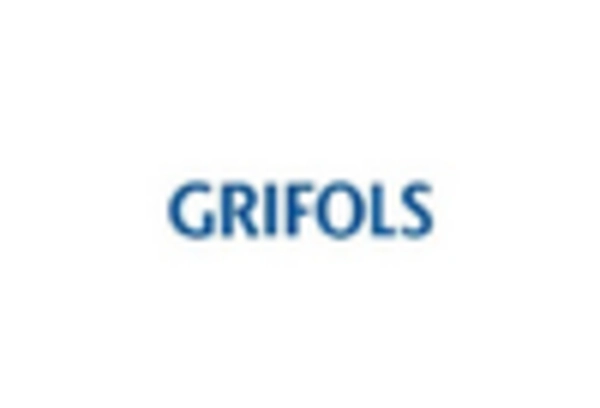
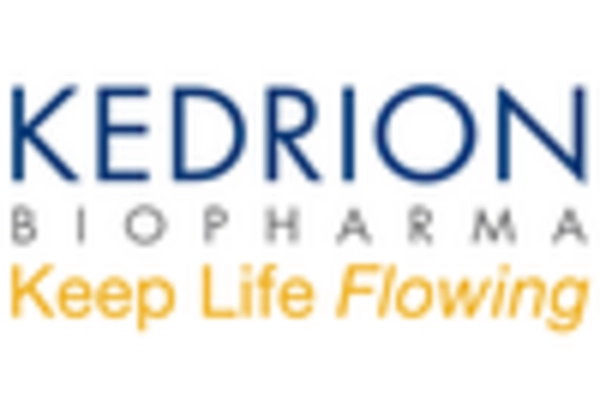
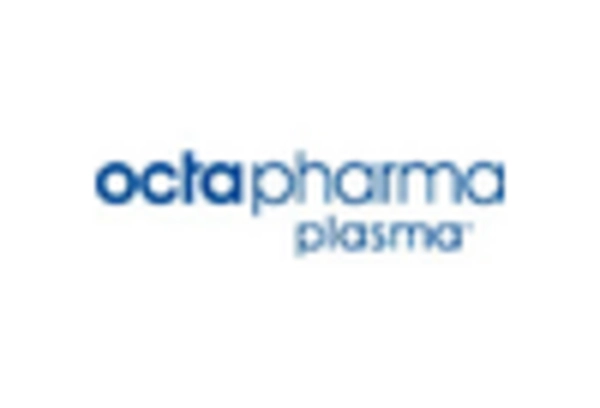
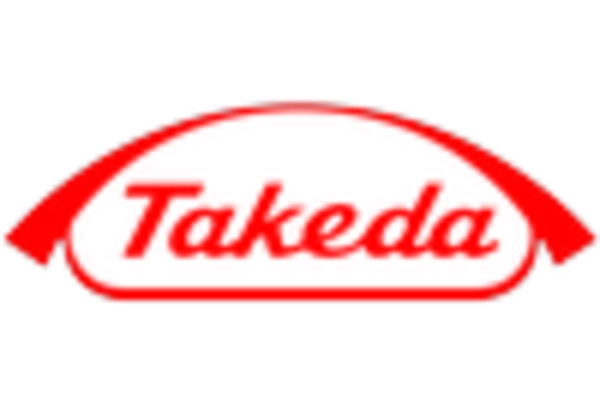








Leave a Comment